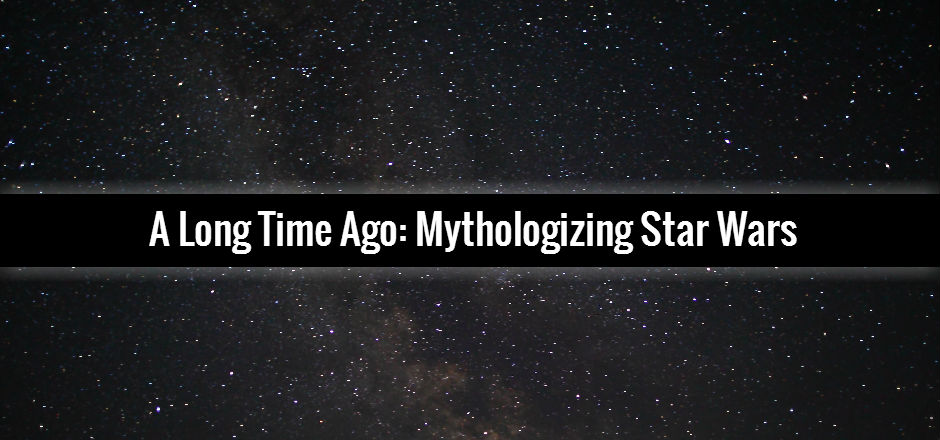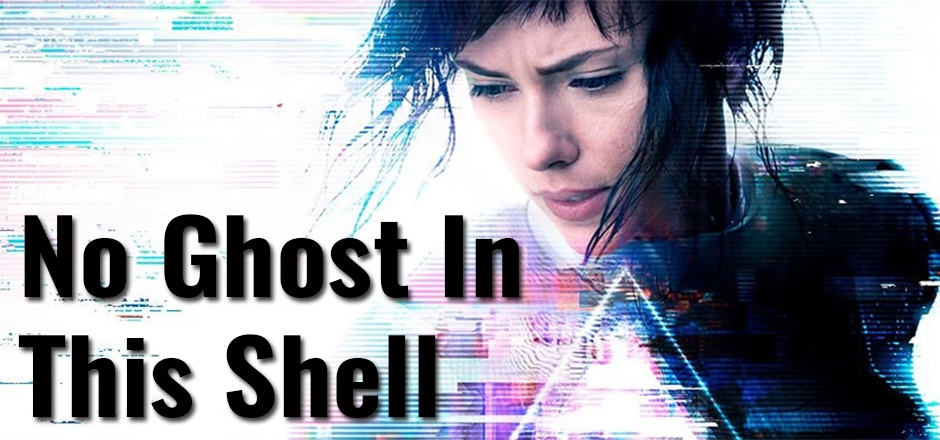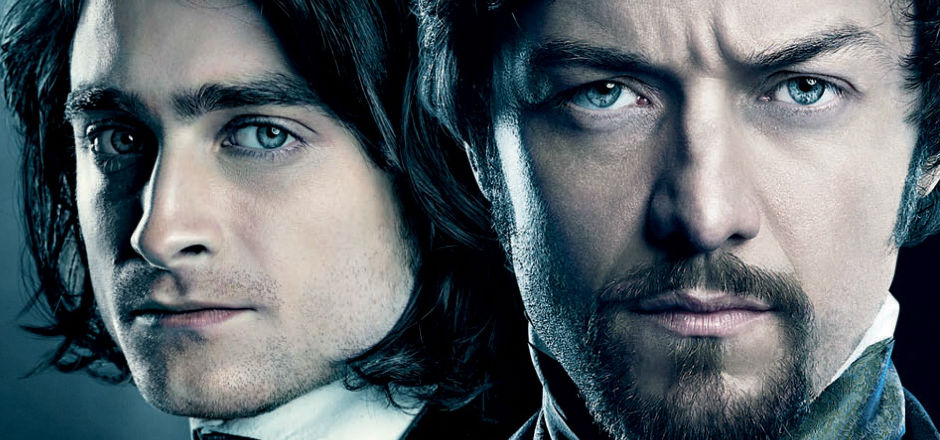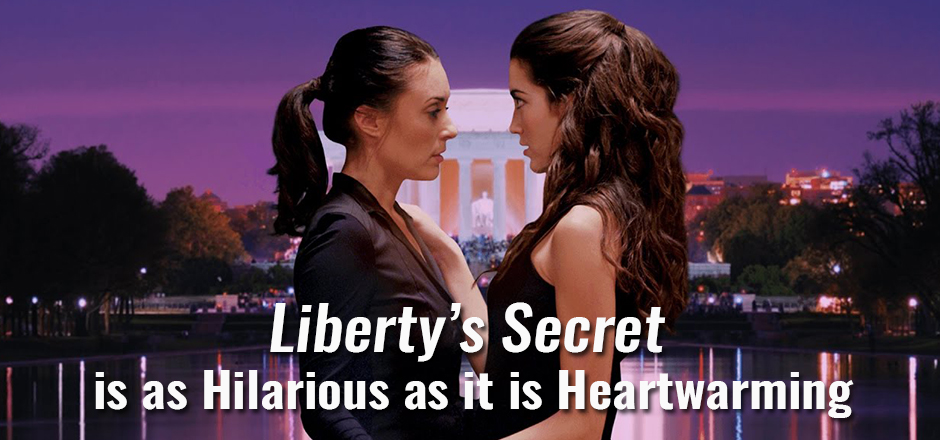A long time ago in a galaxy far, far away…
The opening lines of each Star Wars film have practically become mythologized all on their own. It’s the sci-fi equivalent of ‘once upon a time,’ and anyone even remotely involved in pop culture can recognize that phrase in an instant. The ironic thing is that a lot of people tend to forget about the “long time ago” portion: Star Wars is not a futuristic film, nor is George Lucas trying to depict what the galaxy will be like centuries or millennia ahead of us.
Star Wars takes place entirely in the past.
In that sense, the feeling of myth becomes even stronger. Just imagine a group of children gathered around a campfire, exchanging stories about the ‘legendary’ Luke Skywalker and the Jedi Knights, and you’ll understand the folkloresque theme for yourself. From what it seems, that may very well be how the upcoming film The Force Awakens plays out, but for now all we can do is conjecture.
This isn’t about The Force Awakens, though – this is about the already-available six Star Wars movies, and how Lucas (intentionally, in some cases) crafted the universe to take on mythical qualities.
Joseph Campbell’s 1949 book The Hero with a Thousand Faces lays the groundwork for his theories on the archetype of the hero’s journey, otherwise known as the monomyth – a model that a lot of contemporary stories use as a template, believe it or not, and Star Wars is no exception. Other examples of the monomyth that you might recognize are the Lord of the Rings series (including The Hobbit), Disney’s The Lion King, and – believe it or not – The Matrix.
To begin with, Luke Skywalker is the archetypal hero, the everyman that will go on to do something great with himself if only he has the right people, tools, and motivation around him.
Enter Obi-Wan Kenobi, the older mentor figure. I mean, obviously, right? Except what if I told you that the word ‘mentor’ comes from the Greek figure Mentor, a good friend of Odysseus (yes, that Odysseus) who watched over and advised Odysseus’s son Telemachus while Odysseus was gone.
Much in the way that Obi-Wan watches out for and eventually trains and advises Luke in his father’s absence, both mentor figures are there when the hero needs their help the most. They provide a source of familiarity, comfort, and confidence when necessary, and they teach the hero whatever it is they need to know going forward.
While Luke himself doesn’t represent a specific Greek figure, his journey parallels the traditional path that a Greek hero would take. He receives the ‘call to adventure’ that Campbell describes as the moment when the hero is beckoned forth to decide whether or not to embark on the journey in the first place; in the Star Wars films, this happens in the form of a holographic Princess Leia asking for Obi-Wan’s help. Luke initially refuses the call (which is in itself another step in the journey) but finds that he unwittingly gets pulled into the fold anyway after his aunt and uncle are murdered. This is ‘crossing the first threshold,’ or entering the unknown for the first time, and it’s the point in the story that Campbell says is the point of no return for our hero.
But okay, just following along the path of a mythical hero doesn’t necessarily ‘mythologize’ the story or the characters: it just shows that Lucas was writing with a framework in mind. So, how ‘bout those Greek gods? Luke and Leia, as twins (spoiler alert for those who live in a cave on Tatooine, I guess), draw comparisons between twin gods Apollo and Artemis. While this may seem like a cop-out comparison, there’s actually some weight to it.
Apollo is the god of a lot of things, but most notably he’s the god of truth and prophecy, healing, and the sun and light. I don’t think it necessary to remind the reader how apt these traits are for Luke, a character who essentially fulfills a long-made prophecy of a Skywalker who brings balance to the Force, and of a man who is constantly battling the light and dark inside himself – a battle which, of course, comes to a climax in Return of the Jedi.
Leia as Artemis is a little trickier to see, but she does embody the goddess’s representation of the hunt. No, I’m not talking about her trekking into the forest to shoot a rabbit or a deer or anything, but ‘hunt’ is an ambiguous word, and in the Star Wars universe the thing that is ‘hunted’ above all is justice and peace. As a politician and eventual revolutionary, Leia’s path has changed hands over time but it has never strayed from those ideals, or from the hope of a galaxy free from the oppressive grip of the Empire. Leia is on a hunt during the films, much like how Luke is on his own quest to find the light inside himself.
You could also go so far as to compare Luke with Heracles, the divine Greek hero who was on his own quest for redemption after having gone mad and murdered his wife and children as a result. Luke’s quest isn’t for himself, necessarily, but for his father: he works, especially in Return of the Jedi, to redeem his father’s legacy. “There is still good in him,” Luke says to Obi-Wan’s spirit; he refuses to give up on his father no matter how slim the odds appear to be. Thus, Luke’s journey to redeem Darth Vader can almost be labeled a ‘Herculean task’ in and of itself.
And, of course, you can’t have a Greek myth story without a villain of some kind. While Darth Vader doesn’t necessarily draw direct parallels to any figure in Greek mythology, he does still exhibit archetypal traits of Biblical proportions. Palpatine tempting Anakin to the Dark Side can be seen as a similar instance of the Serpent in the Garden of Eden tempting Eve with the apple: both Anakin and Eve know it’s not the right thing to do, but they succumb to their desires regardless. And while Eve isn’t a villainous figure, Anakin’s continuous downward spiral swerves to mimic that of a typically wicked Biblical figure: Lucifer, the devil himself, once an angel who was cast out of heaven after waging a war against other angels and forced to make a place for himself in hell. Anakin, similarly, wages war against the other Jedi in Revenge of the Sith and, though he hasn’t officially been cast from the Order yet, winds up on the planet Mustafar, a hellish-looking planet made of fire, rock, and lava. It’s no coincidence that Mustafar looks like an apocalyptic landscape.
So what does this all mean for us, the fans and audience? It means that these characters and this story have more depth and importance than others (or even ourselves) may give them credit for. Lucas, for all his poor decision-making later in life (ahem, Jar-Jar), created a rich and complex world built upon ancient archetypes and mythological arcs that helped elevate Star Wars from just another sci-fi action/adventure romp into something more meaningful and significant.
They may be characters who lived a long time ago in a galaxy far, far away, but their stories, much like myths themselves, really are timeless.
—
Gabby Taub, the Fantasy Reviewer at Girls in Capes, is a recent graduate of New York University. She enjoys reading, writing, watching TV, and spending time getting lost among the bookshelves at Strand Bookstore.






